Rewind to Issue #110 of Singletrack Magazine for the review of the Specialized Camber as part of our Big Name Bike Test.
Thanks to the longstanding success of the Specialized Epic and Stumpjumper, the younger Camber model is a bike that often flies under the radar. But it really shouldn’t. With carbon and alloy frame options, 27.5in or 29in wheels, the Camber is the people’s trail bike. It’s for the riders who aren’t so turned on by the overtly hardline intentions of the Epic FSR race bike, and for those who consider the 150mm travel Stumpjumper to be too much bike. Because despite what the marketers tell you, there is indeed such a thing.
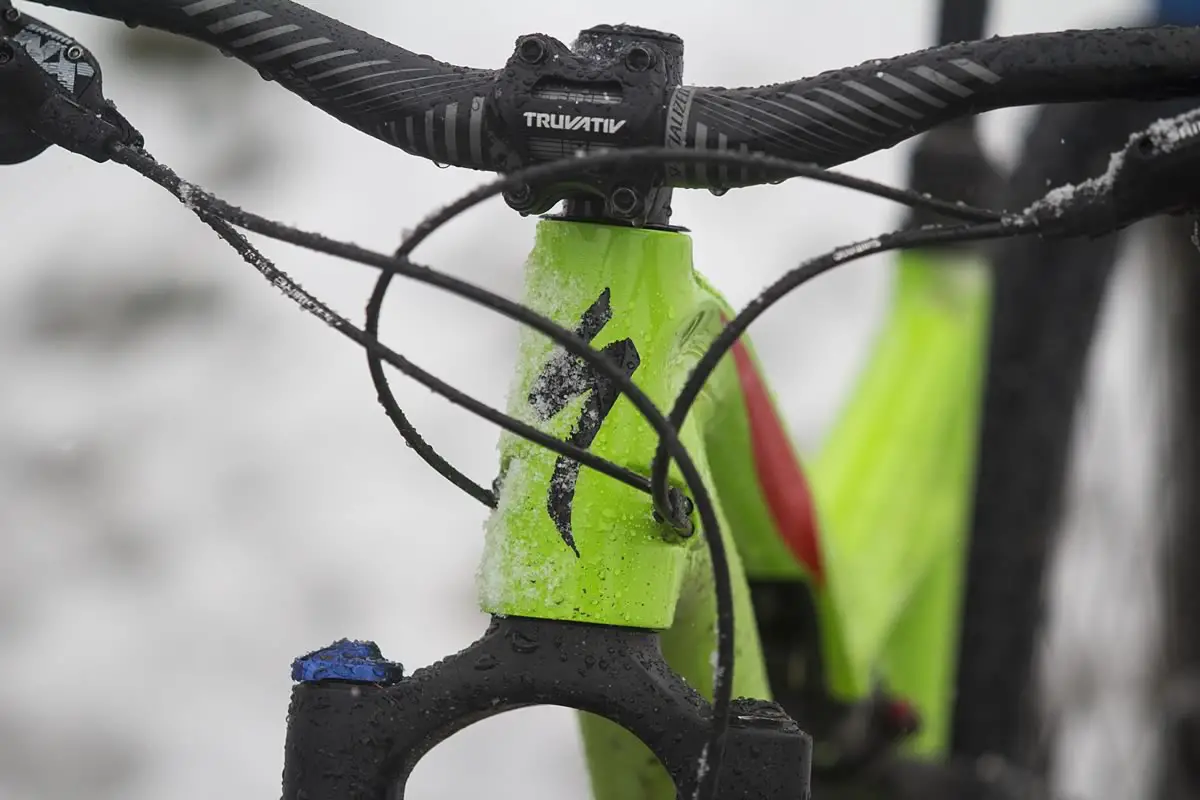
Redesigned for the 2016 model year, the latest Camber frame carries through to 2017, albeit without the Brain shock. Having determined that the inertia valve technology was more beneficial for dedicated XC racing, Specialized decided to eschew the Brain on this year’s Camber to reduce both complexity and cost.
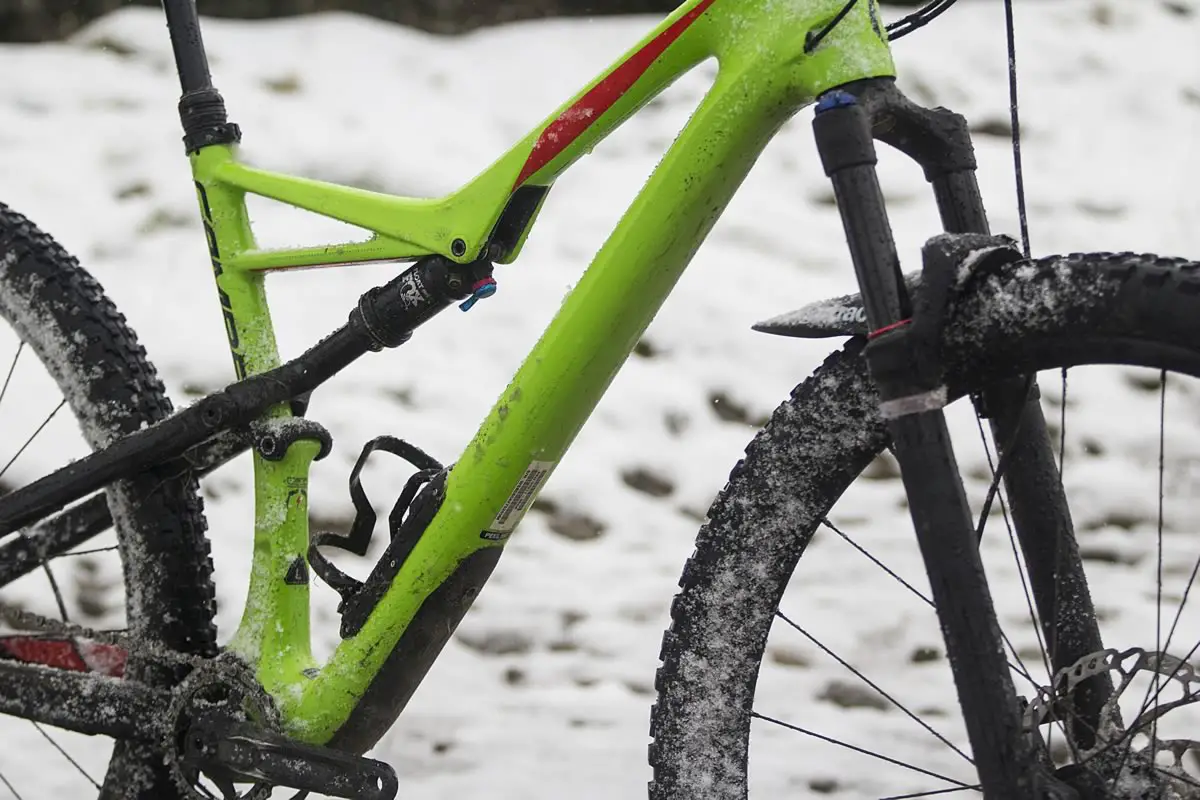
While the original Camber debuted as ‘the Epic for sensible people’, the latest version steers more towards the direction of the Stumpjumper. In fact, the carbon Camber shares exactly the same carbon front triangle as the Stumpjumper. As such, the Camber also gets the clever SWAT compartment at the base of the downtube, along with an oversized PF30 bottom bracket, and slick internal routing.
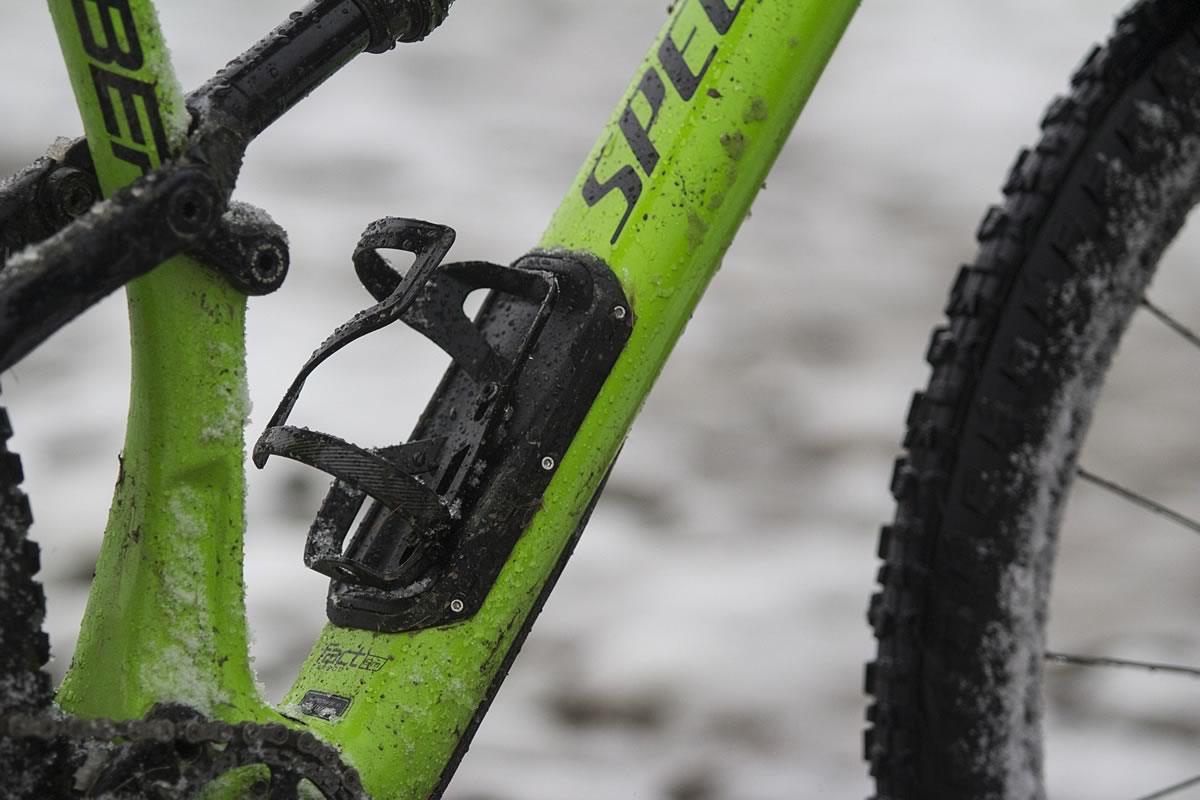
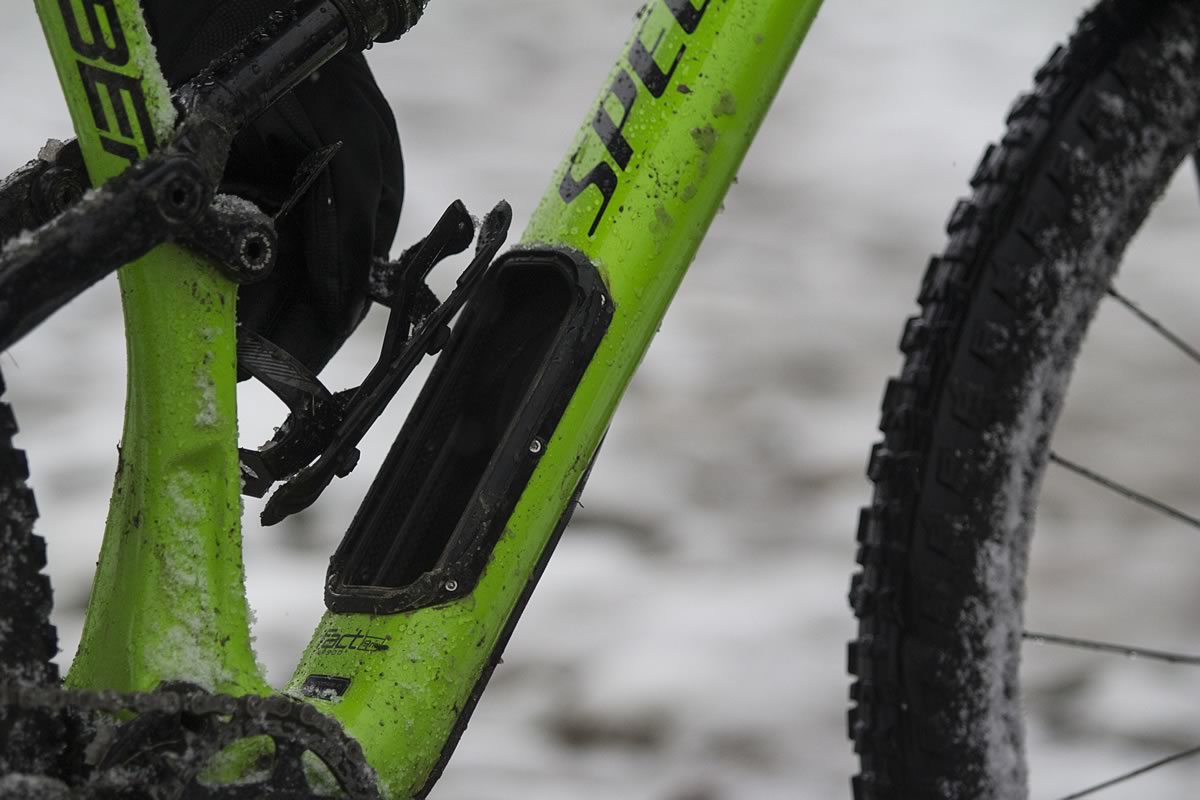
The front of the Camber looks purposeful with its beefy tapered head tube, but it’s offset by a rather slender 32mm RockShox Revelation fork, which seems a touch out of place – especially so when you consider other spec choices like the 29mm internal rim width on the Roval Traverse wheels, the 750mm wide high-rise handlebars and the 200mm front disc rotor.
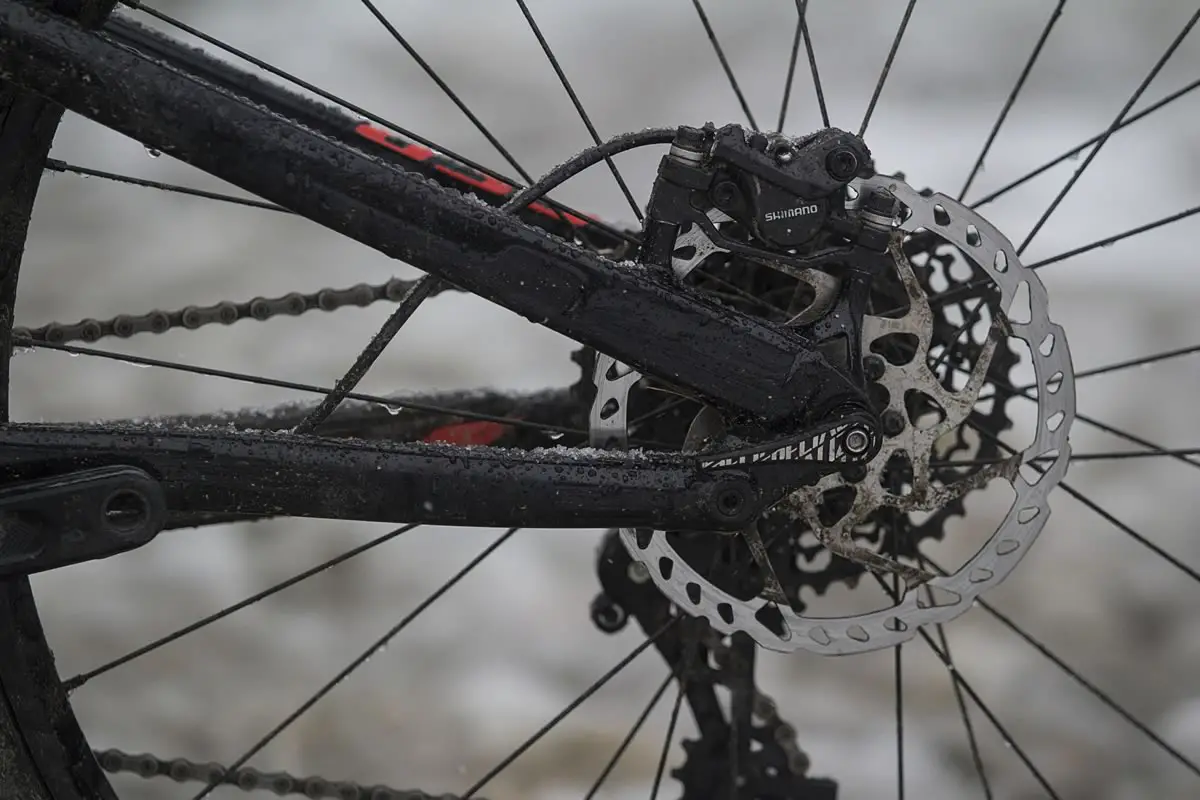
The FSR rear end is alloy, with a 142x12mm thru-axle locking down the rear wheel. A familiar FSR linkage is in place, and a compact rocker link helps to stiffen the rear end whilst also guiding the shock yoke. As with most Specialized full suspension bikes, the Camber features a proprietary rear shock with a unique captured lower eyelet. Travel sits at 120mm front and rear. In comparison, the 27.5in version of the Camber bumps up the travel to 130mm.
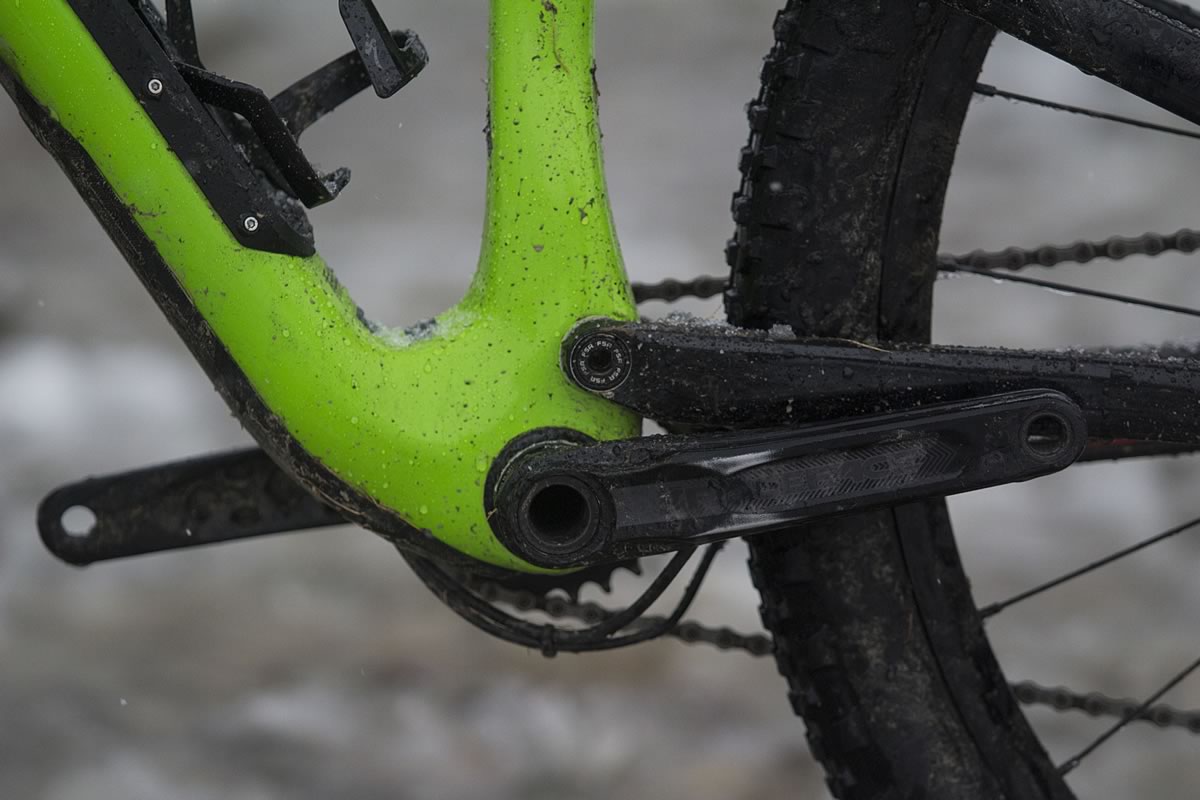
Elsewhere, the Camber frame is bristling with fine details. There’s integrated bolt-on armour for the downtube and the driveside chainstay, discreet ISCG 05 tabs, and the ability to fit a front derailleur via Specialized’s clever ‘Taco Blade’. All of the pivots roll on sealed cartridge bearings, and feature flush anodized alloy hardware.
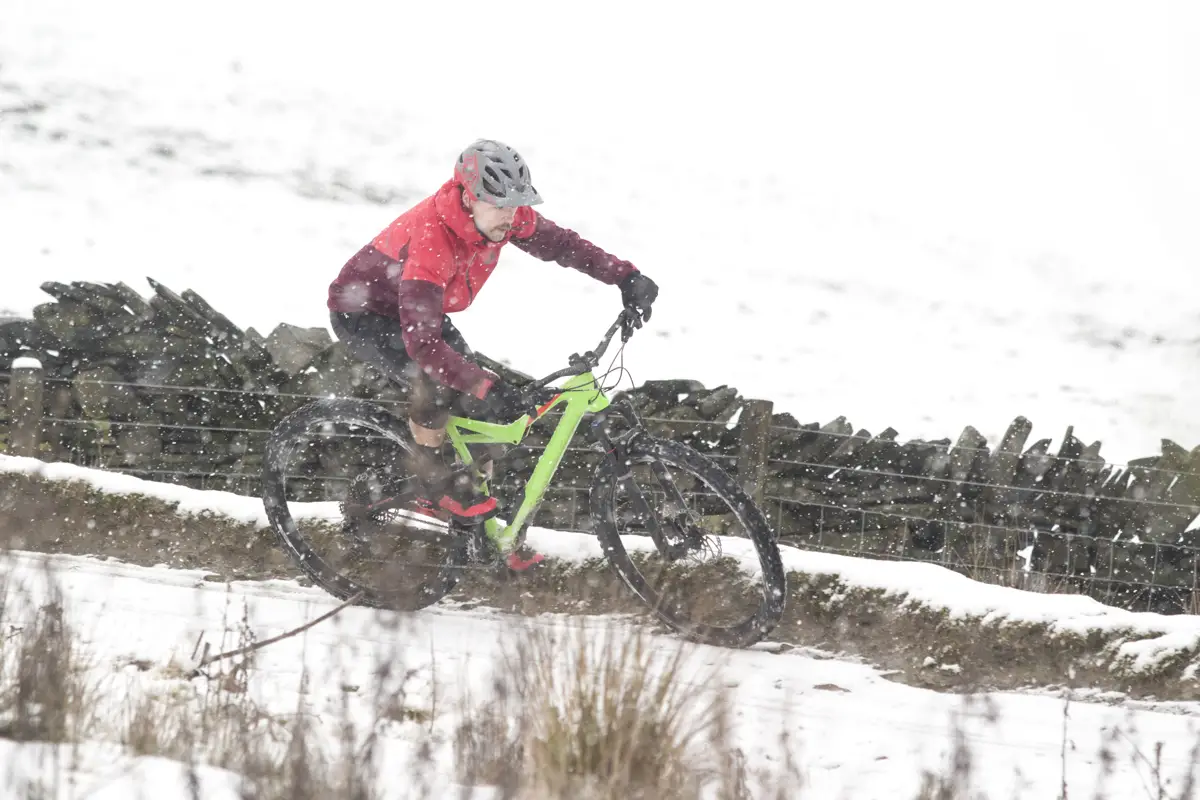
The Ride
Aiming to simplify suspension setup, a red Autosag valve on the Fox shock allows you to bleed out excess pressure while you’re sitting on the bike, until the shock reaches the 25% sag point. It sounds good in theory, and I commend Specialized on its efforts, but in practice I couldn’t comfortably run the pressure that Autosag delivered. In the end, I ran about 20% more pressure than what Autosag came up with, otherwise I bottomed out the shock far too easily.
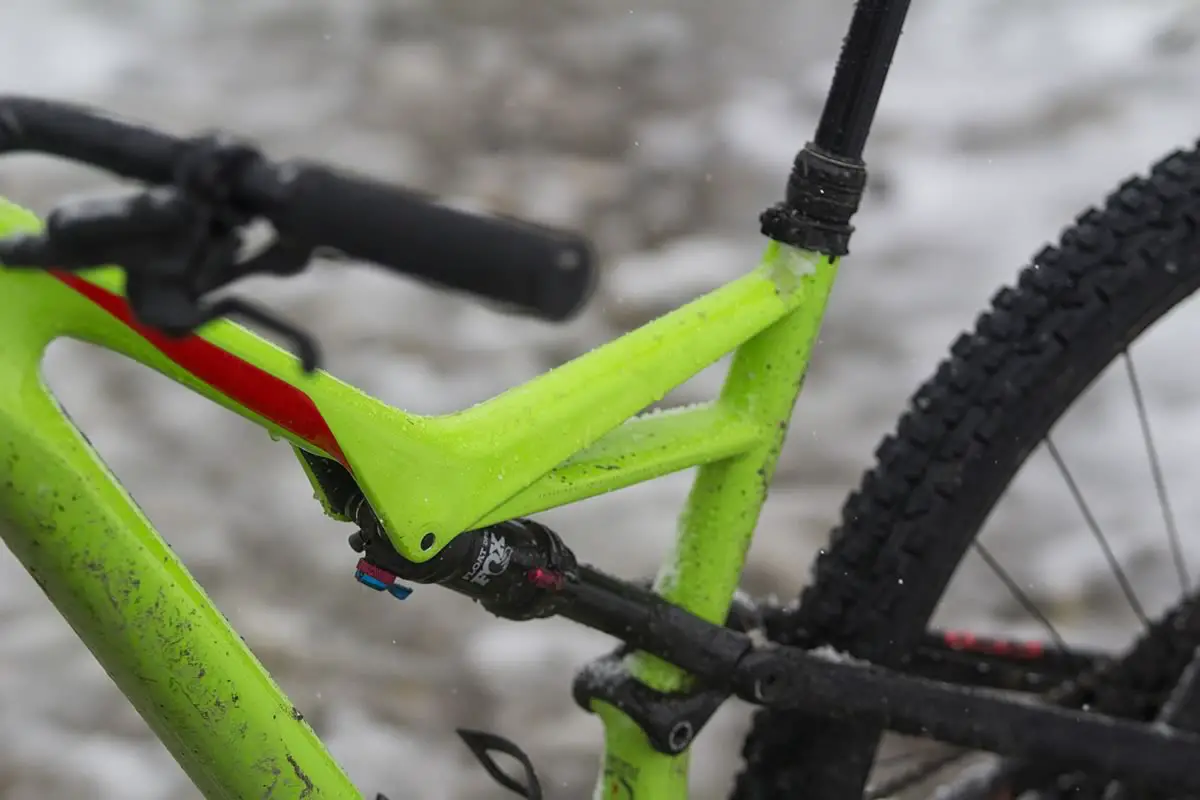
Likewise, the Revelation fork blew through its travel with disconcerting frequency when initially setup at 20% sag. I added two Bottomless Tokens to make it three in total, and the additional progression made all the difference.
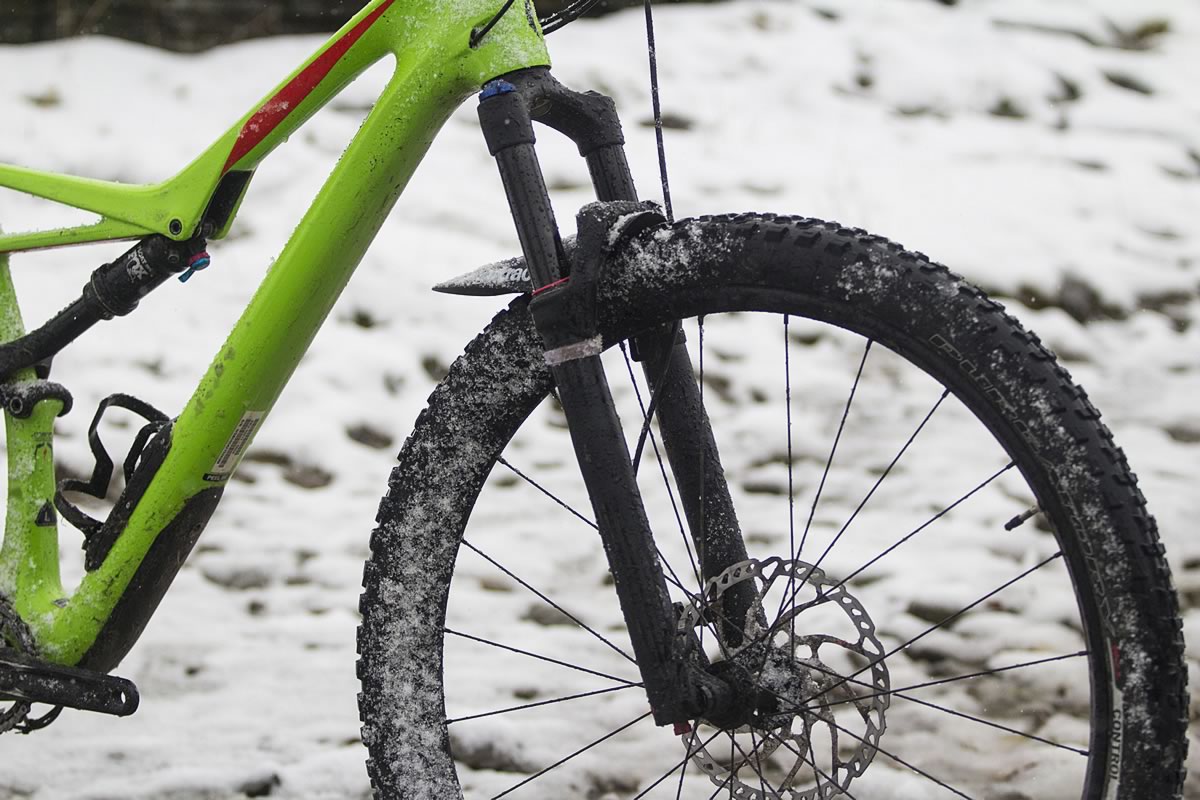
Once setup properly (120psi in the shock and 100psi in the fork for my 70kg riding weight), the Camber’s suspension delivers a smooth and highly comfortable ride quality. Specialized and Fox’s close working relationship is clearly evident in the refined feel of the Camber’s back end, with the Rx Trail Tune and high volume EVOL air can delivering good sensitivity. The rear tyre sticks to the terrain, though the wheel has no hesitation in getting out of the way on square-edge hits.
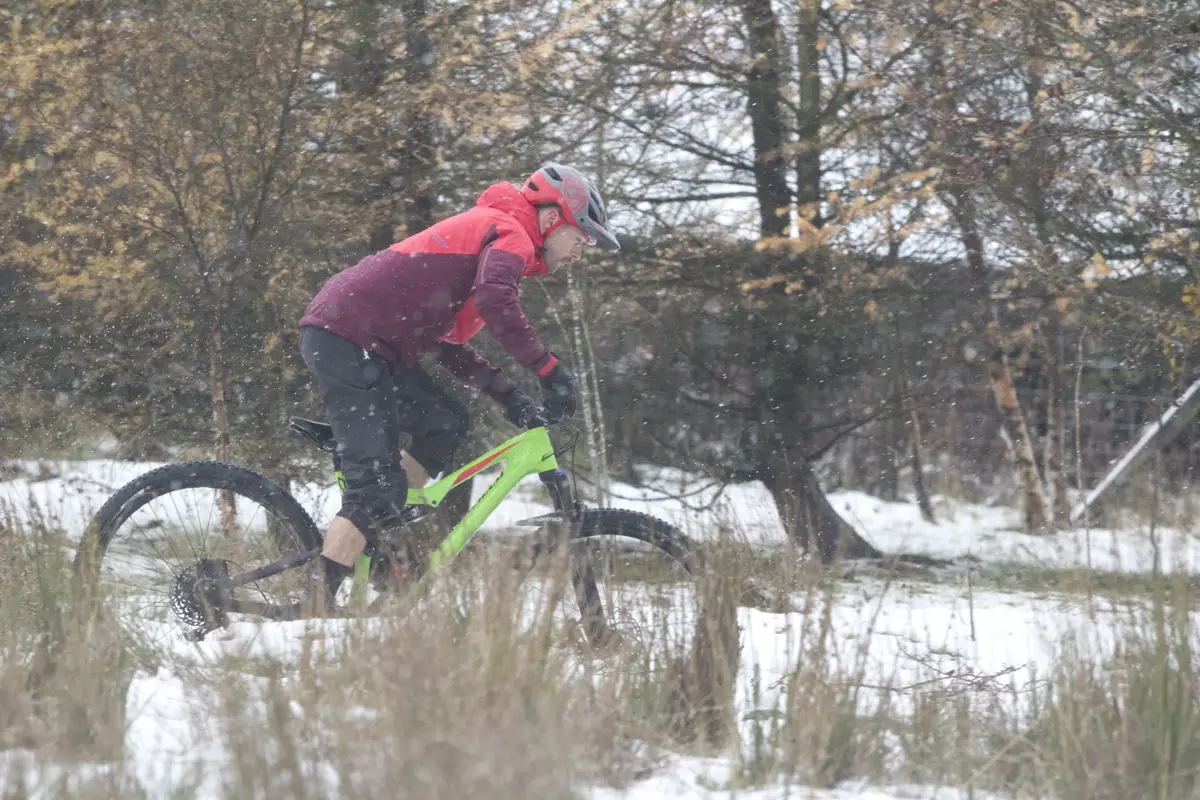
Despite the Brain omission, the Camber is an efficient all-day mile-muncher. It does take a bit longer to wind up the 29in wheels, but once rolling, the Camber maintains excellent momentum on rough trail centre-type singletrack. With the active rear suspension, 28t chainring and grippy Specialized 2Bliss rubber, it also climbs fantastically well. Just drop the elbows, find your rhythm, and spin your way up.
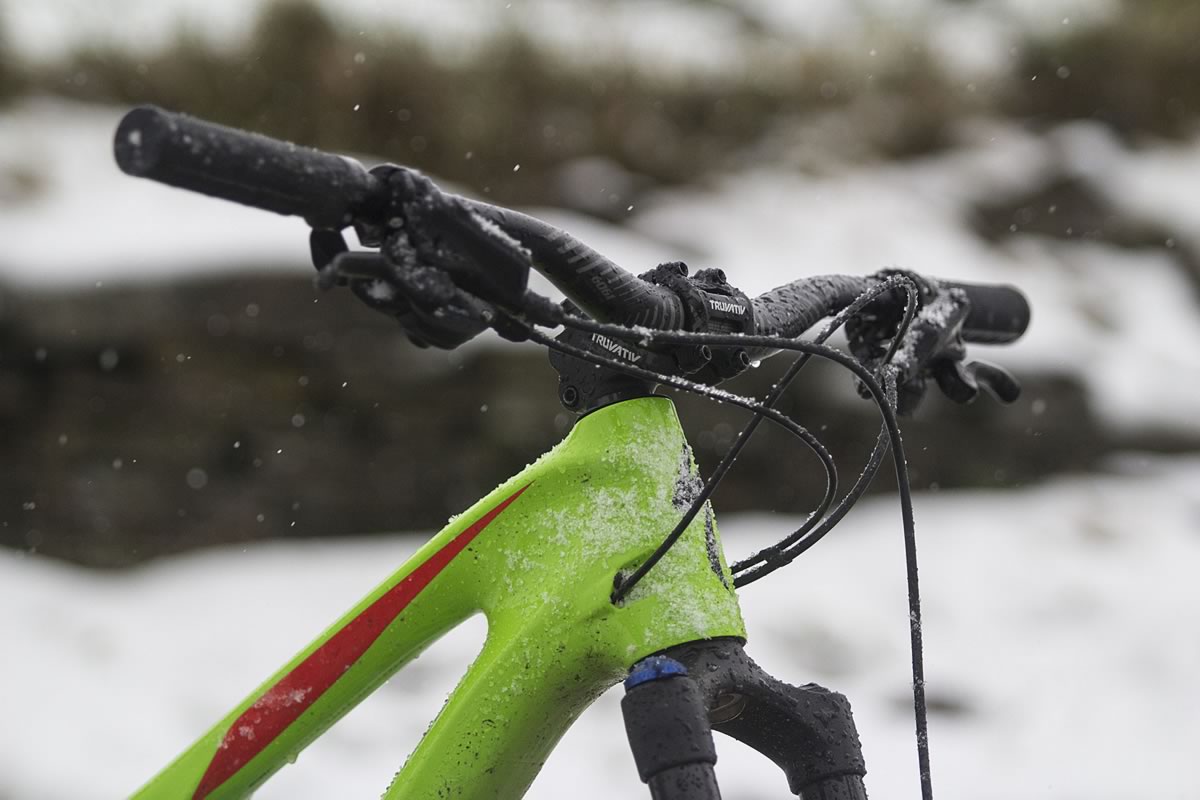
Out of the box, the Camber sits quite tall in the front end. To keep the measurements consistent between our three test bikes, I elected to ride the Large frame size, as the Medium Camber comes up quite short. The 445mm reach on the Large is what I’m typically used to, so I ran that and swapped in a shorter 50mm stem and a low-rise handlebar to get the grips down lower. This helped to eliminate the “sit up and beg” riding position, and quickened up the steering too.
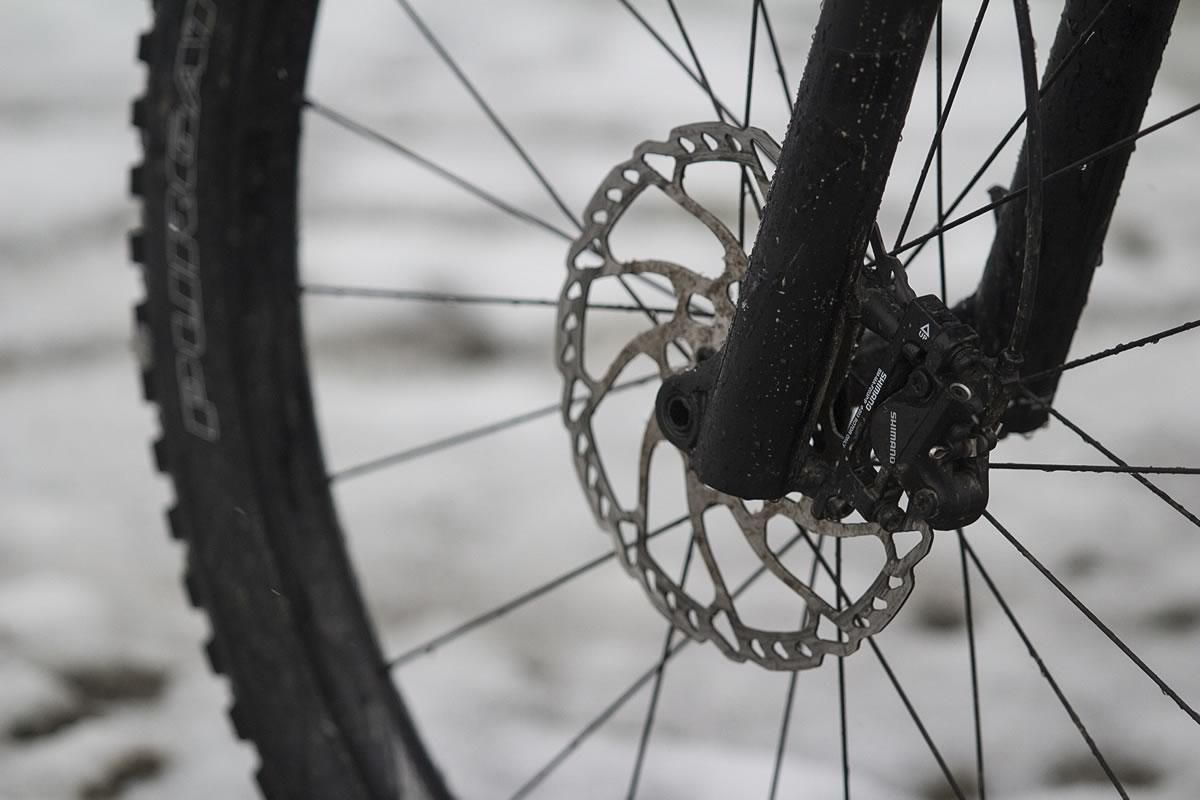
At 68.5°, the Camber has the steepest head angle on test. Thanks to a low bottom bracket and decent wheelbase length, it doesn’t seem to be a real-world problem though. The twangy Revelation fork is however, and combined with the 24x spoke front wheel, there’s a definite disconnect between the grips and the front tyre. And why a 30lb trail bike needs to save weight by removing a few spokes is beyond me. When pushing hard downhill, this vagueness creates a frustrating barrier between the Camber and its true potential.

A bigger fork like a 34 or a Pike would make a world of difference to the Camber’s capabilities. On that note, the Camber frame will comfortably take up to a 140mm travel fork, which means you have sufficient room for a front suspension upgrade in the future if you wanted to add a little more oomph to the bike. Personally though, I’d recommend plumping up for the 34-equipped Camber Expert which comes with the better fork chassis, along with a few key component upgrades that’ll add further real-world durability.
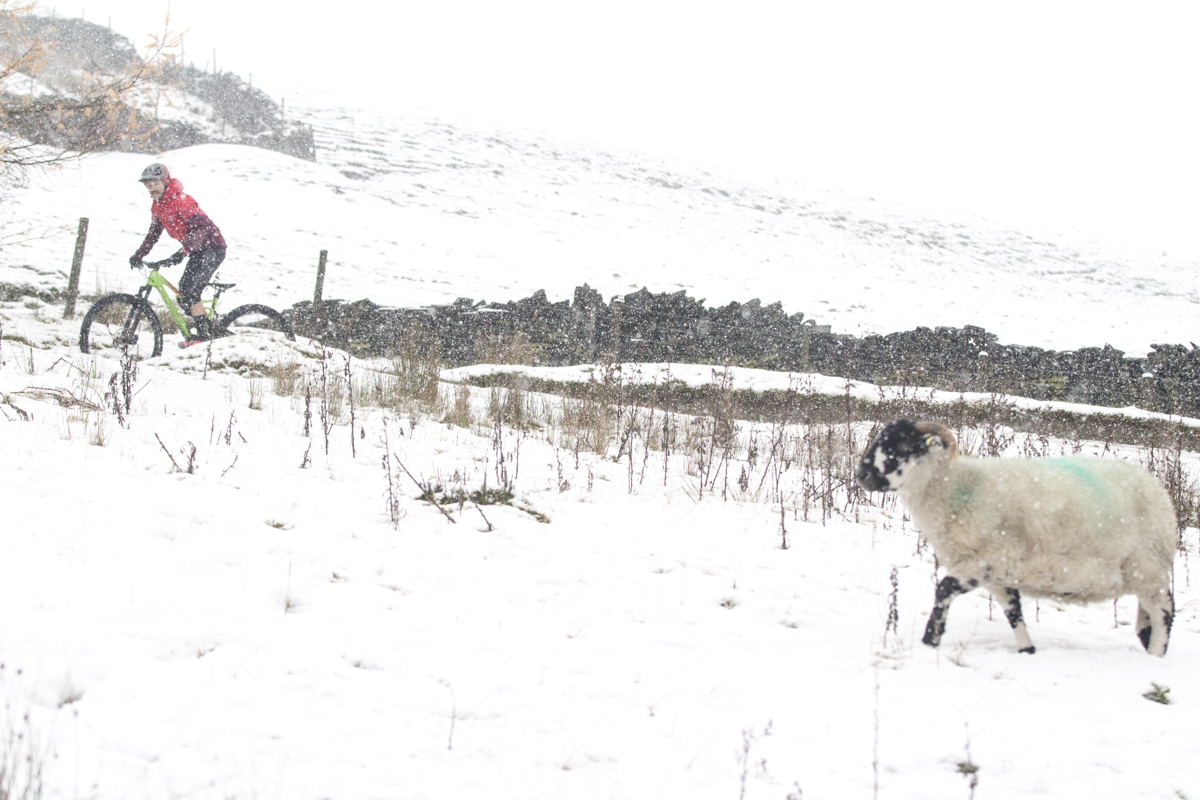
Overall
Despite being unfashionably steep and short compared to its contemporaries, the Camber has a lot going for it. It’s rear suspension performance is superb, it is very comfortable to ride, and the carbon mainframe is gorgeous. However, that same carbon frame has led to cost-cutting compromises elsewhere, namely the fork, and that lets the bike down. It is a shame, because having previously ridden a Camber EVO with a RockShox Pike on the front of it, I’m well aware of how capable and playful this bike can feel.
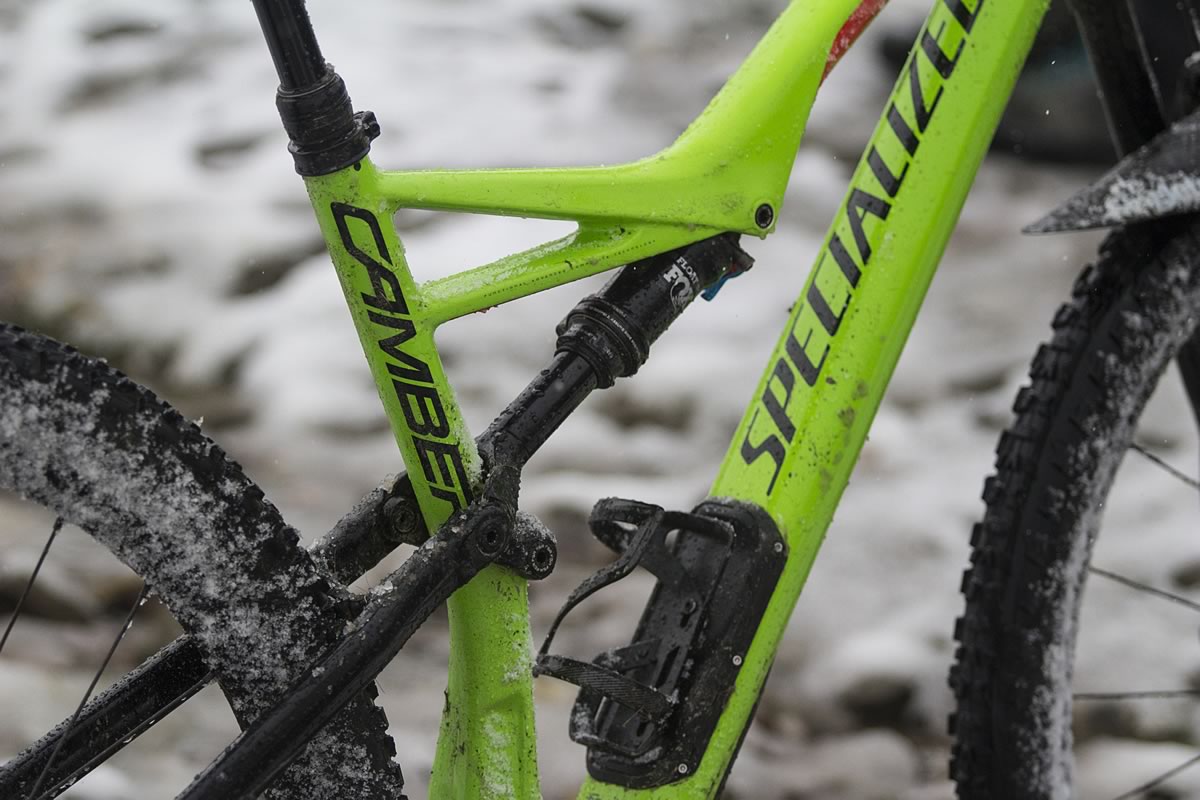
But if you’re the type of rider who’s more inclined to get airborne while tackling steeper and rougher singletrack, then you may be better off considering the longer-travel Specialized Stumpjumper anyway. The latest Stumpjumper is a most excellent machine for facing the rougher side of trail riding, and it’ll give you room to grow your skills – if that’s where you want to head.
For riders new to full suspension territory who want a comfortable and confident riding bike for XC trails though, the Camber represents the sensible choice over sharper and harder riding race bikes like the Epic. It’s competent and confidence-inspiring, and it’s a terrific marathon hauler for those who want a loyal all-day companion.

Specialized Camber Comp Carbon 29 Specifications
-
Frame // FACT 9 Carbon Front, M5 Alloy Rear, 120mm Travel
-
Fork // RockShox Revelation RL Solo Air, 120mm Travel, Tapered, 15mm Maxle Lite
-
Shock // Fox Float DPS Performance, EVOL, Rx Trail Tune, Autosag
-
Hubs // Specialized Sealed Alloy Disc, 100x15mm Front & 142x12mm Rear
-
Rims // Roval Traverse 29in, Hookless Alloy, 24/28H
-
Tyres // Specialized Purgatory 2.30in Front & Ground Control 2.30in Rear
-
Chainset // RaceFace Aeffect, 28t Chainring
-
Rear Mech // SRAM GX, 11-Speed
-
Front Mech // N/A
-
Shifters // SRAM NX, 11-Speed
-
Brakes // Shimano M506, 200/180mm RT66 Rotors
-
Stem // Specialized Trail, 75mm, 6-degree Rise
-
Bars // Specialized Alloy, 750mm Wide, 27mm Rise, 8×6-Degree
-
Grips // Specialized Sip Grip Half-Waffle
-
Seatpost // Specialized Command Post IRcc, 125mm Travel, 30.9mm
-
Saddle // Specialized Henge Comp, 143mm Width
-
Size Tested // Large
-
Sizes available // Small, Medium, Large, X-Large
-
Weight // 13.39kg (29.5lbs)





